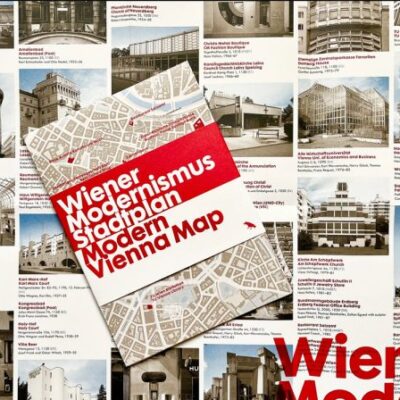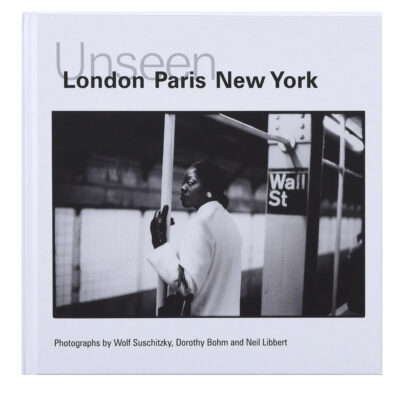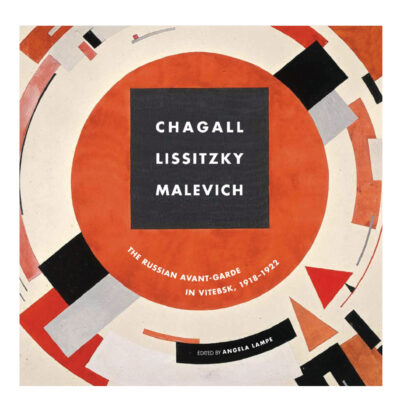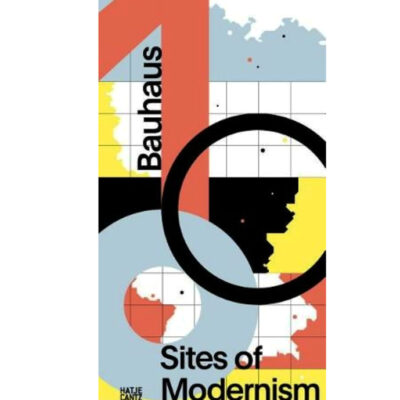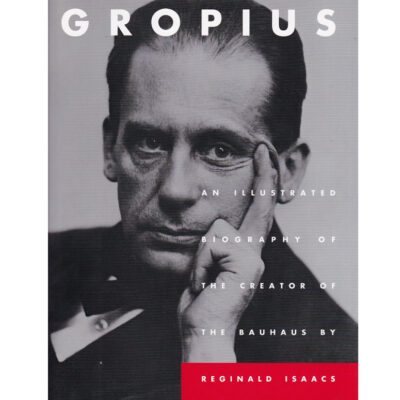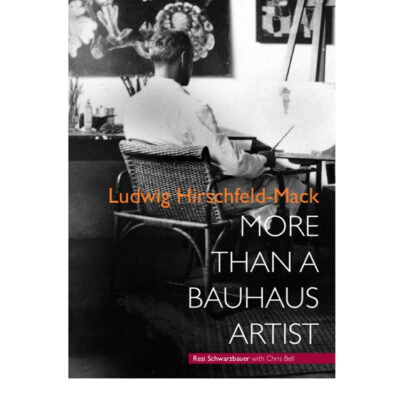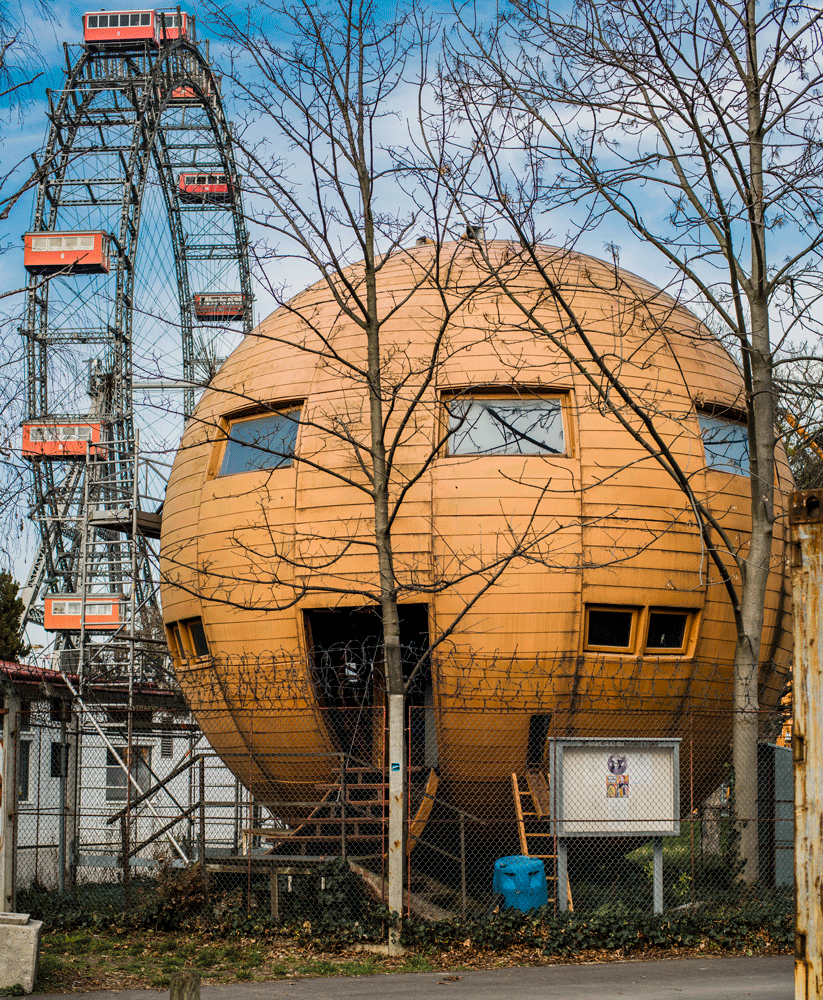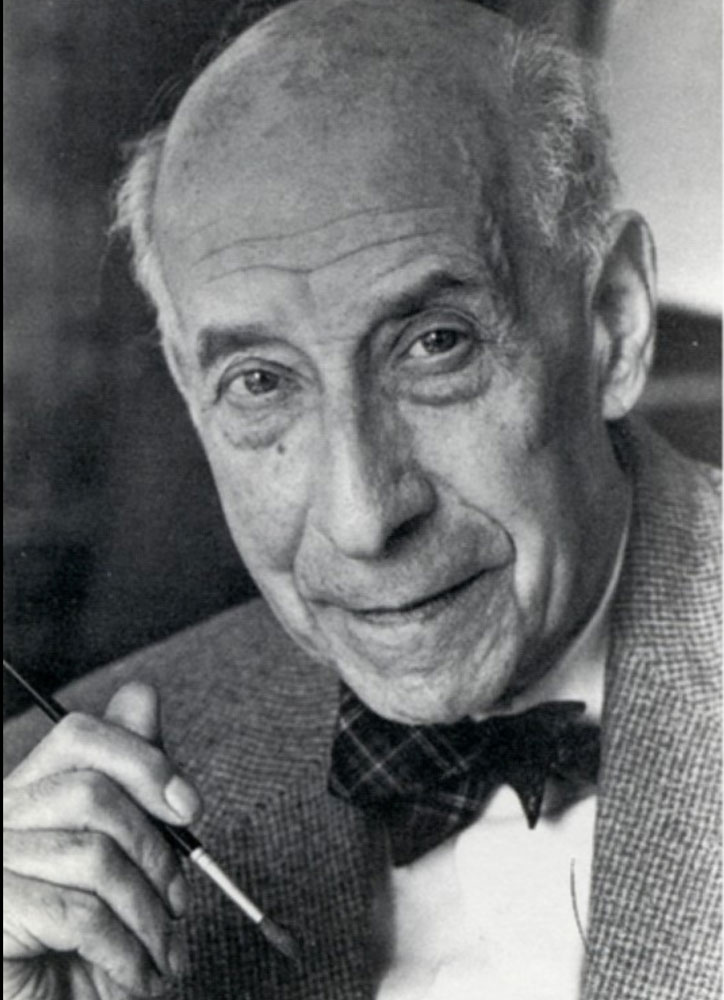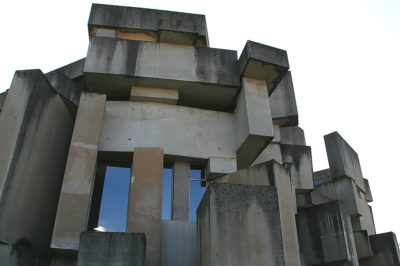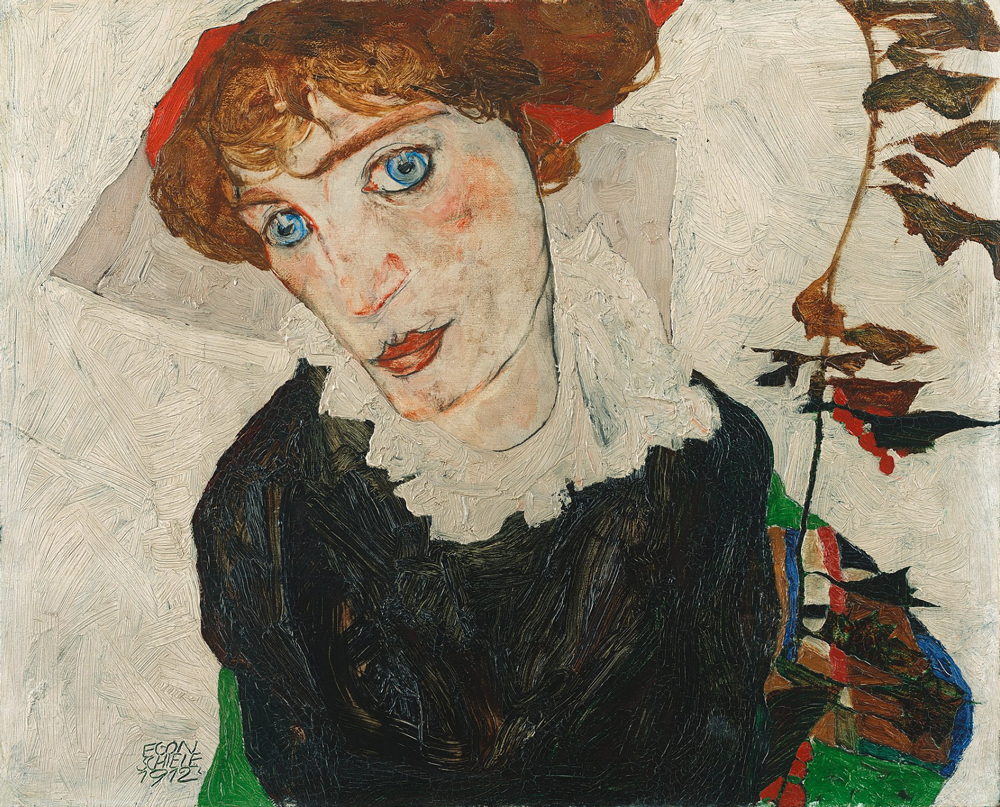
The Rieger Collection
Heinrich Rieger is recognised as one of the most significant collectors of Austrian modern art. His collection is remembered today not just for its depth and scope but also as a tragic prime example of the looting of art held by Jewish collectors during WW2. A 1935 list compiled for insurers that survived the war gives us an informed idea of the depth of the collection before it was brutally dismantled.
A dentist by profession with a keen eye, Heinrich began collecting around 1900. He allowed young, penniless artists to pay him with their artworks in exchange for dental treatment. It brought him into their circle and led to his supporting emerging artists such as Egon Schiele and Oskar Kokoschka. By 1921 he owned more than 250 works, including the first fifty drawings by Egon Schiele and several oil paintings, as well as many significant works by Kathe Kollwitz, Anton Faistauer, Karl Sterrer, Albin Egger-Lienz, Max Liebermann, and Franz Stuck.
The collection, split between his villa in Gablitz and his apartment in Vienna’s 7th district was largely seen by invitation or from time to time a painting would be lent to an important exhibition. A small number of works were displayed in his surgeries in both locations. As his medical practice thrived and his reputation grew, his art collection expanded. By the 1920s his dental surgeries generated enough income to support Heinrich, Bertha, his son, his wife, and his son-in-law.
Riegler was generous in his sharing. In November 1935, he lent art to the Cooperative of Visual Artists exhibition at the Künstlerhaus in Vienna. For the 1937 World Fair in Paris, he loaned four Schiele paintings to the Austrian Government which were displayed at the Jeu de Paume. Art historians have estimated that immediately before the Anschluss, the Rieger Collection included between 120 and 150 drawings by Schiele and up to 800 artworks. The publicity attached to the collection wet the appetite of the nazis – they almost certainly knew well before the Anschluss on 12th March 1938 that the collection must be ‘aryanised’. The term refers to the ‘expropriating or confiscating of Jewish people’s property’.
Within months of coming to power, the nazis rolled out systems of oppression with ease in Austria. By the end of August 1938, Heinrich and his family were banned from practising – their medical certifications were withdrawn. Very quickly, Jewish-owned property was confiscated, and horrendous treatment was metered out publically to the community. The Vermögensverkehrstelle, Assets Transfer Office, was set up, and any assets worth more than 5000 reichsmarks became the subject of exorbitant, impossible-to-pay taxes.
Circling around the collection was Bruno Grimschitz, who was officially assigned to oversee the Rieger collection. Grimschitz was the wartime director of the Belvedere Gallery (the same place that tried so hard to hang onto Klimt’s painting of Adele Bloch-Bauer, the Woman in Gold after the war). He was also the head of pictures at the Kunsthistorische Museum. With his depth of knowledge of the art world, it is said that he tampered with the provenance of important paintings – which became a major issue postwar when families attempted to have their art restituted. He also retained degenerate art, keeping it in storage, we can come to our own conclusions about his motives. It is down to the tenacity of journalist Hubertus Czernin who years later unpicked the web of deceit, which not only led to the return of the rightful owners of the Woman in Gold but also brought the full glare of publicity onto the wartime activities of Austria’s most highly respected institutions. Under Grimschitz’s tutelage, the national collection swelled.
By November 1938, Heinrich Ziegler’s position was precarious; unable to work unable to pay the taxes, he was forced to sell some of the art still in his possession, like the ball in a pinball machine he was bounced from one bad situation to the next, with exploiters waiting to pounce. Nazi art dealer Friedrich Welz (who served a minimal sentence postwar) purchased 26 of his painters around this time. He then sold another selection of paintings to notorious art dealers Luigi Kasimir and Ernst Edhoffer.
On September 24th 1942, Heinrich and Berta were deported to Theresienstadt, where Heinrich died. Berta was later deported to Auschwitz in 1944 where she disappeared. Their surviving son, Robert, emigrated to the United States. He continued the post-war period to try to recover art in the collection that could be restituted. It was and continues to be a long and expensive battle with limited success.
Heinrich Ziegler 1868-1942
Image Portrait of Wally by Egon Schiele Portrait of Wally. https://en.wikipedia.org/wiki/Portrait_of_Wally





